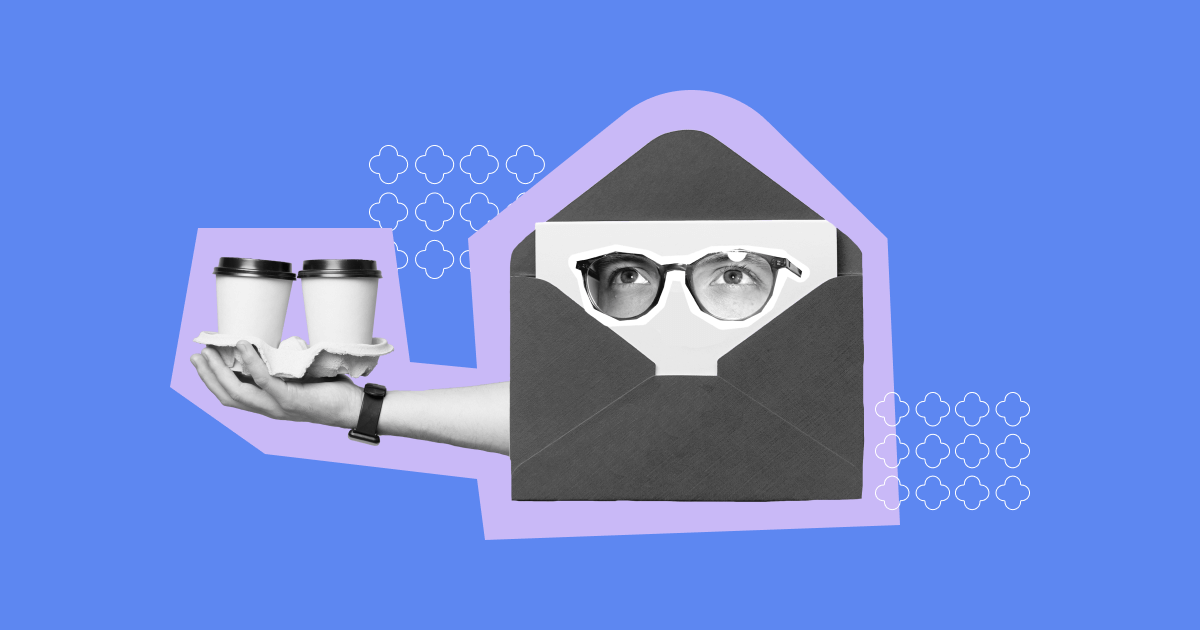The importance of keeping a friendly tone in business emails
While professionalism is essential, a friendly approach can help create a more welcoming environment, encouraging open dialogue and collaboration. Here are some reasons why maintaining a friendly tone in business emails is important.
Creating positive work culture
According to Statista, remote workers receive an average of 170 emails per week. If we assume that one email takes about 3 minutes to read, that would be more than a full workday of just checking your inbox! Emails take up a lot of work time. With such a high volume of email communication, a friendly tone in emails could help create an atmosphere of respect, empathy, and camaraderie, fostering a sense of belonging and motivation among team members.
Building rapport
When you communicate friendliness in your emails, you establish a connection with the recipient. This rapport makes the working relationship more comfortable, easier to collaborate and resolve conflicts.















